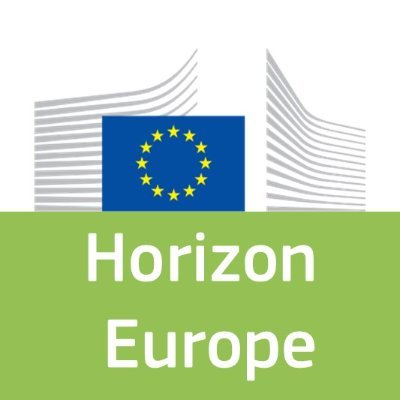- EASYDC is an initiative under the European Horizon Europe program for the improvement of HDVC cables capable of operating at voltages above 525 kV.
- Lumiker will lead the project in which the Center of Excellence (CoE) for numerical simulation of the RDT matrix will also participate.
Lumiker, a leader in the development of passive photonic and fiber optic sensor technology and monitoring solutions, will coordinate the EASYDC project, an initiative promoted by the European Union’s Horizon Europe research and innovation program. The aim of the project is to develop high-voltage direct current cables (HVDC) capable of operating at voltages above 525 kV.
These new HVDC cables are designed to significantly reduce the carbon footprint. The scope of the project includes the fabrication and testing of a prototype cable, the development of partial discharge measurements using passive fiber optic sensors for aging analysis in the 0 to 1 GHz range, and the creation of a new vibration sensor with integration into distributed temperature sensing (DTS) and distributed antenna system (DAS) solutions. Lumiker has extensive experience in power grids, cables and substations.
Key aspects of the Project
The EASYDC project, with a budget of over 5 million euros, focuses on several key aspects to ensure the viability and effectiveness of the new HVDC cables. The main areas of project development are detailed below:
1.HVDC Cable Prototype >525kV:
The manufacture and testing of a prototype HVDC cable capable of operating at voltages above 525 kV is one of the primary objectives of the project. This cable will be designed not only to be efficient, but also to have a reduced environmental impact, aligning with EU sustainability goals.
2.Partial Discharge Measurement:
To monitor cable aging, advanced partial discharge measurement techniques will be developed using passive fiber optic sensors. These sensors will operate in a frequency range of 0 to 1 GHz, providing accurate data on cable condition over time.
3. Integrated Vibration Sensor:
A new vibration sensor will be developed and integrated into DTS and DAS solutions. This sensor will enable accurate vibration detection and, by combining the data with temperature and acoustic measurements, will facilitate the development of algorithms for capacity calculation and fault location.
4. Develop specific algorithms for capacity calculation and fault location:
Optical sensors will drive the development of specific algorithms for capacity calculations and fault location, using perimeter cybersecurity systems, ensuring a fast and secure response to any anomaly detected.
Competitive advantages
This technology will be unique in monitoring long-distance HVDC transmission corridors in the EU, planned after 2030, which will bring competitive advantages and have a direct effect on sustainable development:
- Lower energy losses: the new HVDC cables are designed to minimize energy losses during transmission over long distances, improving overall system efficiency.
- Reduced environmental impact: the use of innovative materials and technologies in cable manufacturing will contribute to a lower carbon footprint, in line with EU environmental policies.
- Increased monitoring efficiency: advanced sensor-based monitoring systems and cybersecure edge processing systems will enable continuous and accurate monitoring of cables, facilitating preventive maintenance and rapid response to faults.
Following a research and documentation phase, actual testing and demonstrations are planned to take place in Norway and Denmark in 2027. These demonstrations will allow evaluating the performance of the new HVDC cables and monitoring technologies under real conditions, providing valuable data for future large-scale deployment in the EU.

RDT Center of Excellence for Numerical Simulation
The EASYDC project will be developed among several pioneering and relevant entities in their sector. This consortium includes Nexans (global cable and fiber optic industry company), Ampacimon (network monitoring solutions), APsensing (developer and manufacturer of fiber optic distributed sensing technology products), ENERGINET (operator of the Danish national electricity and natural gas transmission grid), Statnett (operator of the Norwegian electricity grid), ZABALA (reference consultant in innovation strategy), the University of Cantabria, the University of Valladolid, BARBARA IoT (software platform aimed at managing professional IoT devices remotely and securely), GreenDelta (sustainability consultancy and software), ACE Energy Cluster Association and RDT through its Center of Excellence for thermal and fluid dynamic simulation solutions.
RDT develops in its numerical simulation CoE innovative solutions through fluid and/or thermal simulation for civil engineering, industrial engineering and architecture projects. Numerical simulation and CFD are essential tools in modern science and engineering, providing a deep understanding of physical and chemical phenomena, improving the design of products and processes, contributing to safety and efficiency, and anticipating behaviors. The participation of Lumiker and another RDT center of excellence is evidence of the group’s innovative character. As a global engineering solutions corporation, RDT is present in Spain, France, United Kingdom, Denmark, Portugal, Morocco and Mexico, with a team of more than 1700 people.
